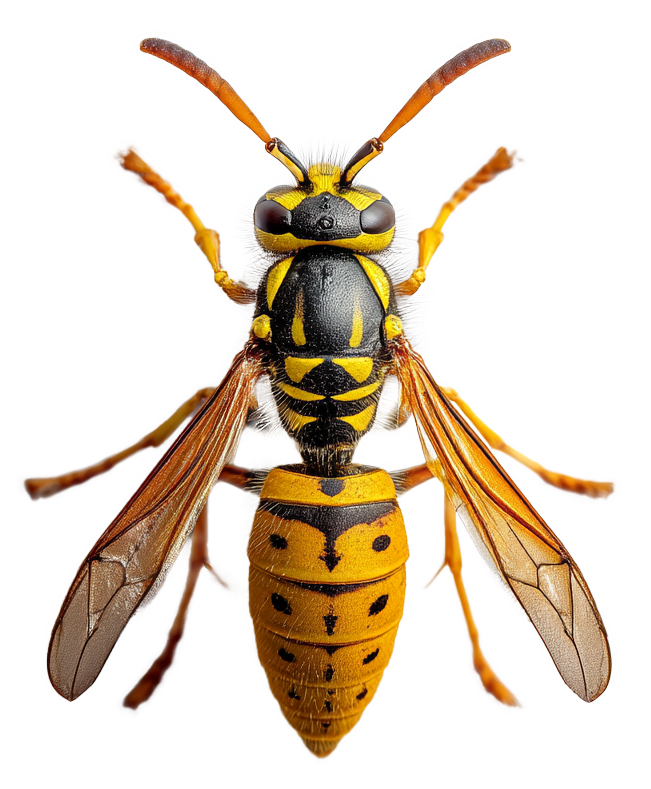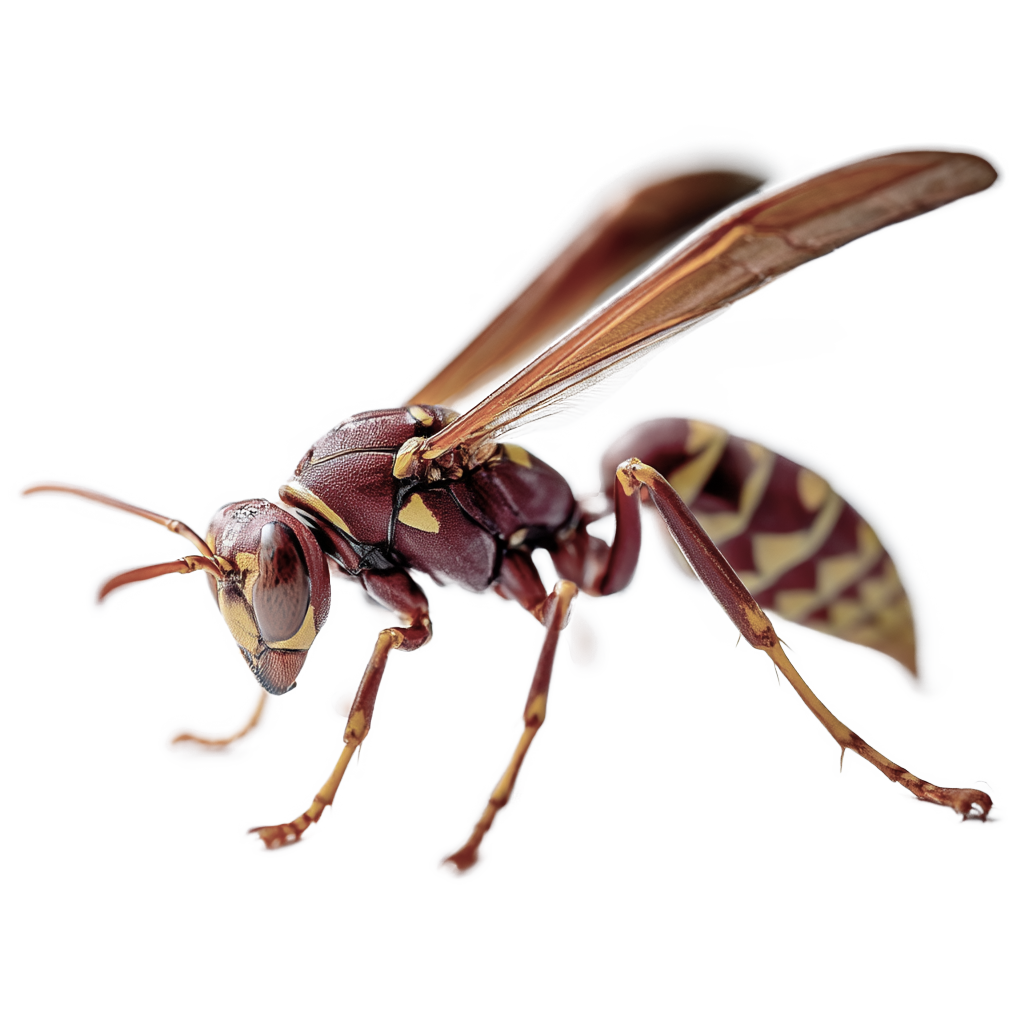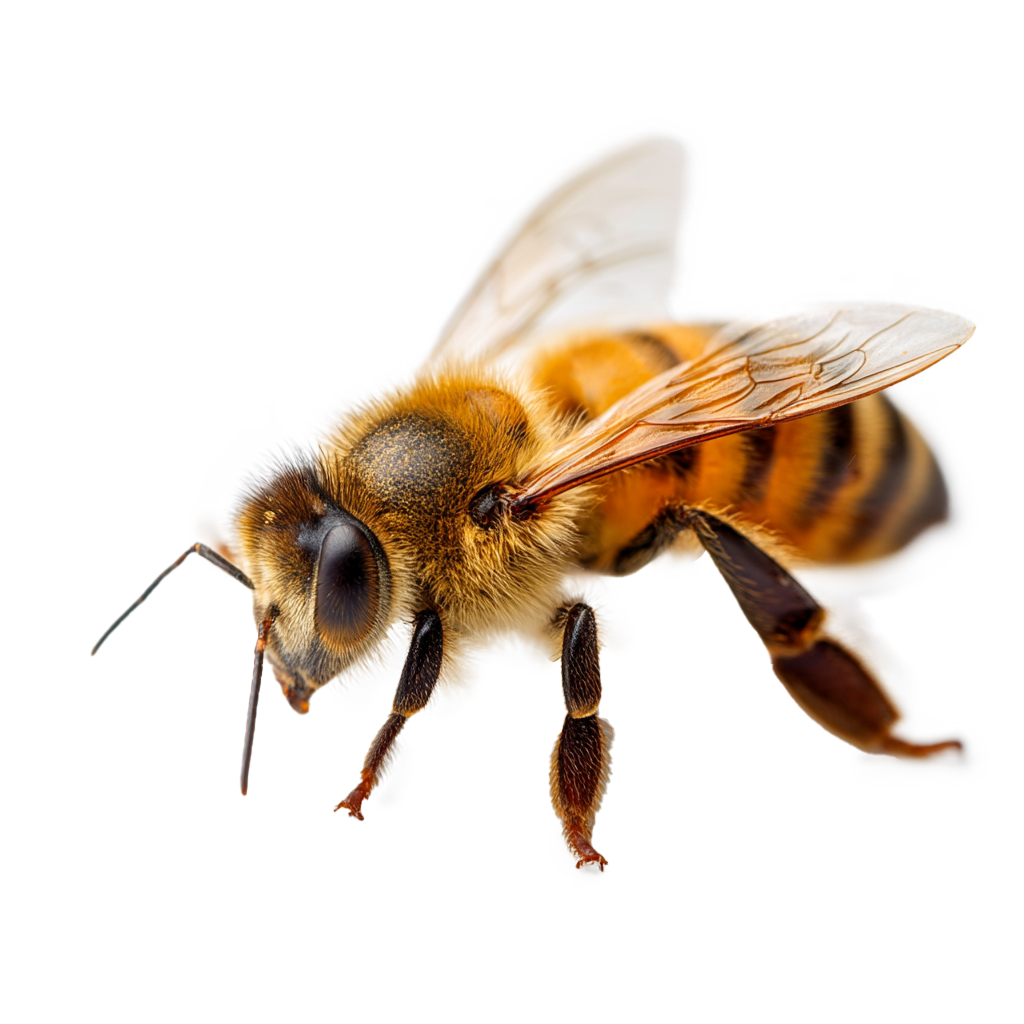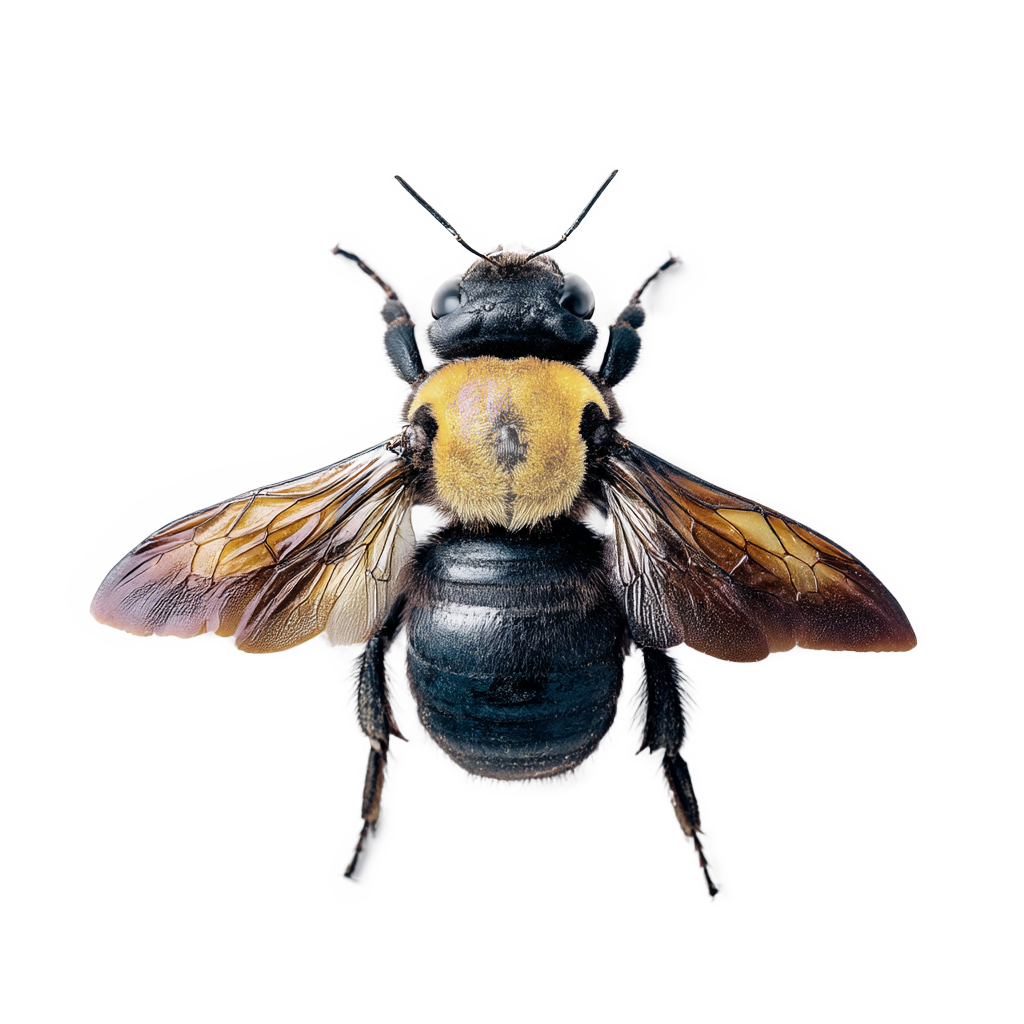Which Stinging Insects Are Threatening Your Yard This Season?
When the warm weather arrives, so do the stinging insects. That outdoor barbecue or relaxing day by the pool can quickly turn uncomfortable when wasps and bees make an appearance. Knowing the differences between common stinging insects can help you handle these unwanted guests safely and effectively.
Know your stingers: identifying common culprits.
Not all buzzing insects pose the same threats. Here’s how to tell them apart:
Yellow jackets
- Appearance: bright yellow and black stripes with a distinct “wasp waist”
- Nests: typically in ground cavities, wall voids, or attics
- Behavior: aggressive when disturbed, especially in late summer
- Sting factor: can sting multiple times and will defend their nest vigorously

Paper wasps
- Appearance: slender bodies with brown to reddish coloring and yellow markings
- Nests: open, umbrella-shaped paper nests often found under eaves or porch ceilings
- Behavior: less aggressive than yellow jackets unless their nest is threatened
- Sting factor: painful stings that can cause allergic reactions in sensitive individuals

Bald-faced hornets
- Appearance: black bodies with ivory white markings on face and abdomen
- Nests: large, football-shaped paper nests typically high in trees or shrubs
- Behavior: extremely territorial and aggressive when disturbed
- Sting factor: painful stings containing more venom than other wasps

Honey bees
- Appearance: fuzzy, golden brown bodies with subtle stripes
- Nests: organized hives in hollow trees, wall voids, or managed hives
- Behavior: generally non-aggressive unless threatened
- Sting factor: can only sting once, then dies

Carpenter bees
- Appearance: large, black and yellow with a shiny, hairless abdomen
- Nests: drill perfectly round holes in wood to create tunnels
- Behavior: males may seem aggressive but cannot sting; females rarely sting
- Sting factor: mild pain when females occasionally sting

Prevention strategies that actually work
Keep stinging insects from making themselves at home with these effective prevention tips:
- Seal potential entry points around your home, including gaps in siding, eaves and utility penetrations.
- Keep outdoor dining areas clean and food covered.
- Secure garbage in containers with tight-fitting lids.
- Reduce standing water around your property.
- Trim vegetation away from your home’s exterior.
- Treat wood structures with appropriate sealants to deter carpenter bees.
- Inspect your home regularly during spring and summer months for signs of nesting activity.
When DIY isn’t enough
While prevention is ideal, established nests require professional attention. When stinging insects have already set up shop on your property, attempting removal yourself can be dangerous. Professional pest technicians have the proper equipment, training and protective gear to safely eliminate the threat.
Our Terminix expert technicians can:
- Properly identify the specific stinging insect species
- Safely remove established nests
- Apply treatments to prevent future infestations
- Provide ongoing protection
Don’t wait until you’re outnumbered
Early intervention is key when dealing with stinging insects. What starts as a small nest with a few insects in spring can grow to house hundreds or even thousands by late summer.
Our experienced technicians can help you reclaim your outdoor spaces safely and effectively. Contact Terminix of Eastern NC and Tidewater VA today for a free pest inspection at 800-BUGS-911 or fill out our quick contact form to learn more about our comprehensive pest control services–and enjoy a sting-free summer.